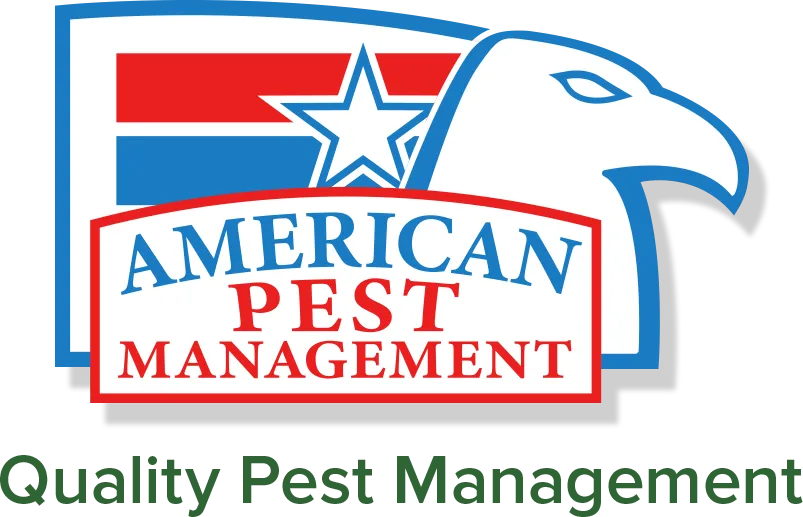Unraveling the Effectiveness of Bird Repellent Devices: What Works?

While often delightful, birds can become significant pests in gardens, on farms, and around buildings, leading to notable damage and nuisances. To combat this issue, a myriad of bird repellent devices have emerged on the market, claiming to deter birds without causing harm. These devices employ various methods, from ultrasonic waves to visual scares. However, research indicates varied success rates, often only marginally affecting bird perching and feeding sites [source]. For instance, studies have shown that ultrasonic bird repellents are largely ineffective against many bird species that do not hear ultrasonic frequencies like humans do. Conversely, a combination of auditory and visual scares has been more effective, especially in agricultural settings where the number of birds can be significant. In this blog, we will explore the different types of bird-repellent devices, evaluate their effectiveness, and help you determine which might best suit your needs.
Types of Bird Repellent Devices
Before diving into the effectiveness of these devices, let's understand the different types available:
- Visual Repellents: These include objects like reflective tapes, scarecrows, and fake predatory birds. The idea is to spook birds visually, preventing them from settling in the area.
- Auditory Repellents: These devices emit noises that are unpleasant or alarming to birds. Some use predator calls or distress signals of birds, while others emit ultrasonic waves that are inaudible to humans but disturbing to birds.
- Physical Barriers: Nets, spikes, and electric wires fall into this category. They physically prevent birds from landing or nesting on structures.
- Chemical Repellents: These sprays or gels make surfaces uncomfortable or unattractive for birds, often using smells or tastes that birds find offensive.
Evaluating the Effectiveness of Bird Repellent Devices
The effectiveness of bird repellent devices can vary significantly based on the species of bird and the environment. Here are some insights based on research and user experiences:
- Visual Repellents: While initially effective, birds can quickly become accustomed to static objects like scarecrows or fake owls. However, reflective devices that move or change appearance in the wind can have more lasting impacts.
- Auditory Repellents: Often effective in wide, open spaces such as agricultural fields. However, their effectiveness can decrease over time as birds may become desensitized to the sounds. It's important that the sounds vary and mimic natural threats to maintain effectiveness.
- Physical Barriers: Generally, these are the most effective when properly installed. Nets and spikes provide a physical impediment to landing and nesting, which is hard for birds to overcome.
- Chemical Repellents: Their success can be hit or miss, depending on the bird species and the repellent used. Frequent reapplication is often necessary, and environmental factors like rain can reduce their effectiveness.
Choosing the Right Device for Your Situation
Choosing the right bird repellent depends on several factors:
- Species of bird: Some birds may be more scared of visual threats, while others might respond better to auditory signals.
- Area size: Large areas might require more robust solutions like a combination of devices.
- Environmental conditions: Wind, rain, and landscape can influence the effectiveness of different repellent strategies.
Contact the Alaska Bird Control Experts
While no bird repellent device offers a foolproof solution to all bird problems, combining different types of devices tailored to specific conditions and bird species can yield the best results. It's also crucial to adjust and sometimes rotate different repellents to prevent birds from becoming accustomed to them. If you or someone you know is dealing with a bird problem, you need Alaska bird control experts who understand the specific needs and behaviors of the birds you're trying to repel. This is the first step towards finding an effective solution. As with any pest management strategy, persistence and adaptability are key.
